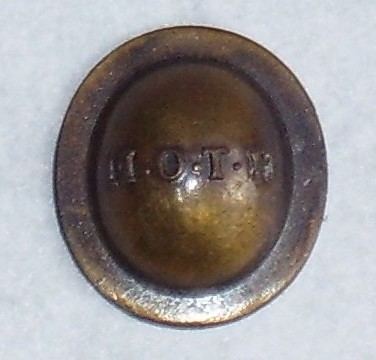Abbreviation M.O.T.H. Legal status Charity | Founder Moth O | |
 | ||
Formation 7 May 1927; 89 years ago (1927-05-07) Type Ex-service organisation Purpose True Comradeship,Mutual Help,Sound Memory | ||
The Memorable Order of Tin Hats (M.O.T.H.) was founded in 1927 by Charles Evenden as a brotherhood of South African former front-line soldiers. The ideal is to help fellow comrades in need, either financially or physically; and to remember all servicemen who have answered the Sunset Call, both in war and peace time.
Contents
Formation
According to the Dictionary of South African Biography, one night in 1927 after he and the editor of The Natal Mercury, RJ Kingston Russell, had seen a war film, Charles Evenden was persuaded to draw a cartoon on 'remembrance'. According to the Dictionary, "The cartoon showed a tin helmet surmounted by a burning candle. Around the flames of the candle were six words – True Comradeship – Mutual Help – Sound Memory".
However, the official M.O.T.H. website carries a cartoon captioned Forgetfulness and this led to the founding of the Order. This is confirmed by the Eastern Province Herald which describes the cartoon as follows: "a bullet- and shrapnel-riddled Allied helmet awash in the ocean. In the background a steamship passes over the horizon, leaving the forgotten, ghostly form of a veteran forlornly wading through the water."
"The concepts of True Comradeship, Mutual Help and Sound Memory were to become the inspiration of a remarkable organisation of ex-front line soldiers, of all ranks, known as M.O.T.H. Evenden, as the founder of the movement and its guiding inspiration was given the title of Moth O – a position he held until his death."
The membership of the M.O.T.H. movement, under Evenden's vigorous direction and leadership, grew into thousands. Men and women of two world wars, of the Second Anglo Boer War (1899–1902) and even those of former enemy forces streamed into its ranks. All who were prepared to keep alive the memories of comradeship and self-sacrifice – the finer virtues that war brings forth – were welcomed and made at home in shell holes as the meeting premises are called with colourful and meaningful names of war-time memories and occasions. M.O.T.H. shell holes have been opened in Malawi, Namibia, Zambia, and Zimbabwe. Membership was extended to those who had participated in the South African Border War.
Warrior's Gate M.O.T.H. Shrine, Durban
The shrine, located in Durban, is modelled on a Norman design from a photograph given to Evenden by Admiral Evans-of-the-Broke.
Memorials
In 1948 Evenden opened Mount Memory, a monument to the missing and dead of the Second World War, in the foothills of the Drakensberg mountains.
